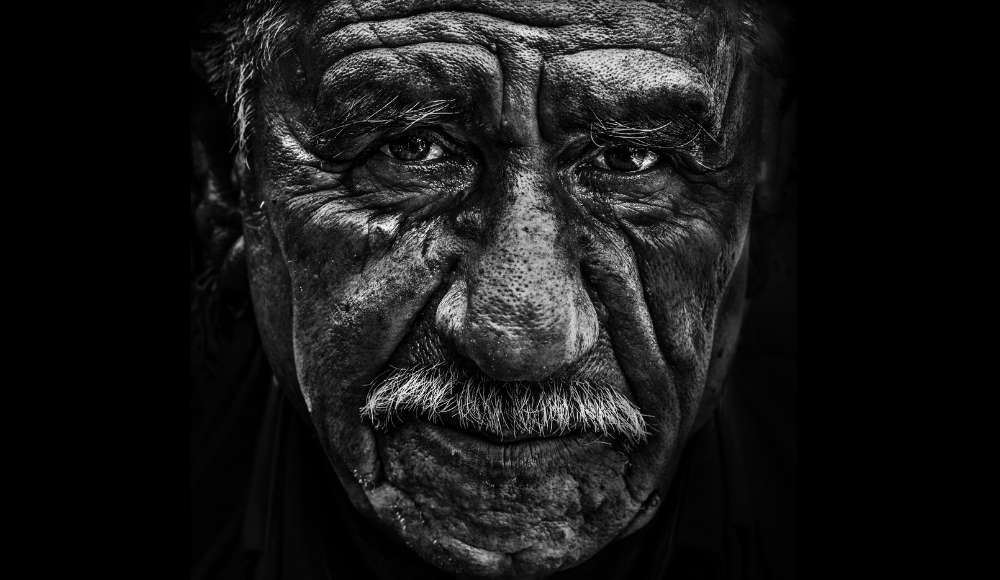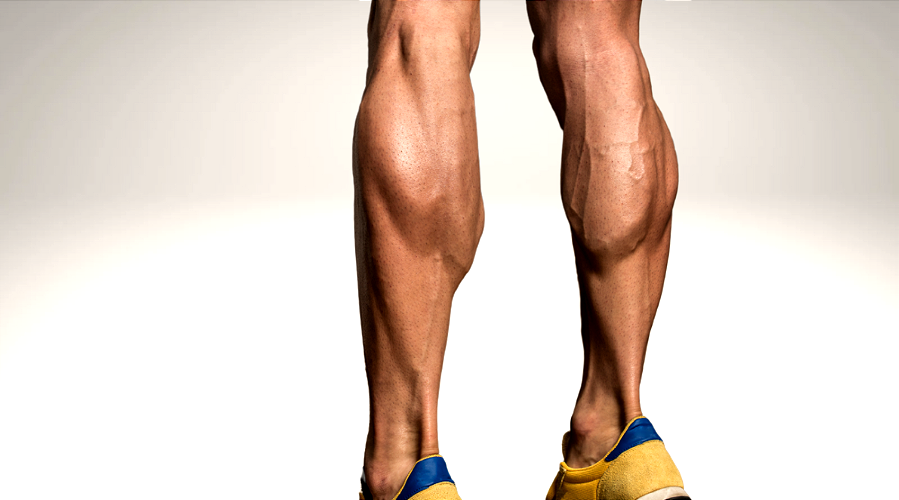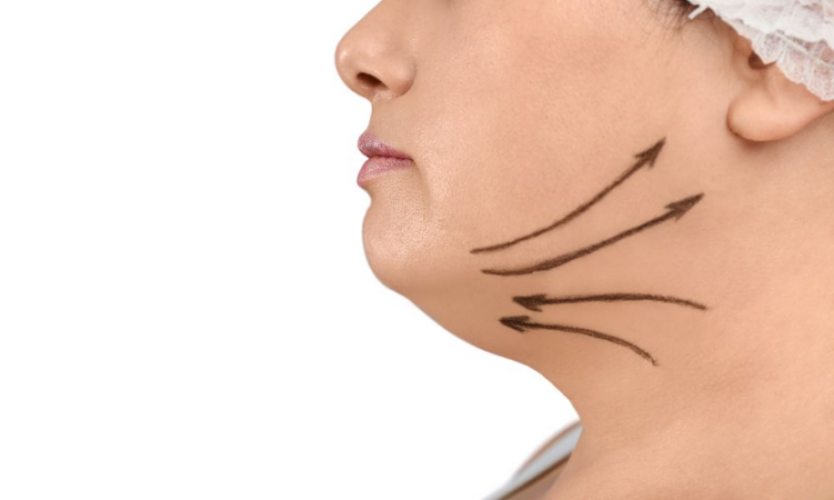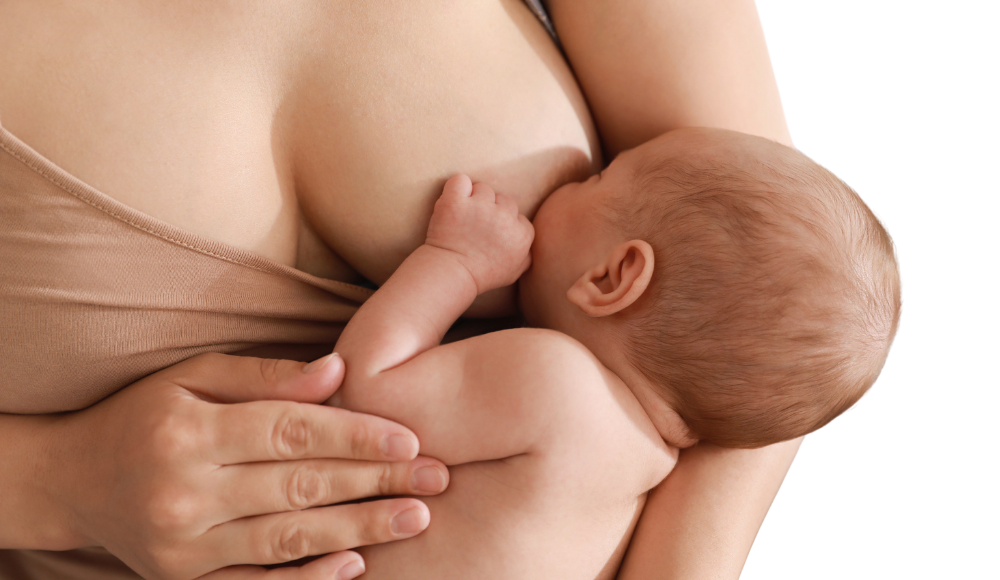Rhinoplasty:
A nose job, also known as rhinoplasty surgery, is a cosmetic surgery treatment designed to enhance the nose’s look. It can be applied to alter the nose’s size or form. Many choose to have rhinoplasty surgery because they are self-conscious about the way their noses look. During rhinoplasty surgery, the nose is molded into the desired shape. It can make the nose narrower and shorter or straighter and pointier. A person’s ideal nose could vary in size depending on the individual. It might be necessary to replace any damaged nose cartilage with cartilage from another area of the body. Although after your rhinoplasty surgery, the recovery and post-operative care are equally important.
After rhinoplasty, it’s important to follow your surgeon’s recommendations for activity level. Typically, you’ll be advised to avoid strenuous activities and exercise for a few weeks to allow proper healing. Light activities like walking are usually fine, but it’s crucial to avoid anything that could potentially bump or strain your nose during the initial recovery period. Your surgeon will provide personalized guidance based on your specific procedure and recovery progress.
After rhinoplasty, your appearance will gradually improve as swelling subsides and the healing process progresses. Initially, there will be swelling, bruising, and possibly some discomfort. Over time, the swelling will decrease, revealing the final results of the surgery. It’s essential to follow your surgeon’s post-operative care instructions to optimize healing and achieve the desired outcome. It’s common for the full results of rhinoplasty to become apparent several months after the procedure, once the tissues have fully healed.
Rhinoplasty post-operative care:
Week 1 (starting the day following the procedure):
DO: Maintain the splint as dry as you can. You can take a regular shower. Avoid doing anything that will make you perspire and stay inside the house. If the dressing falls off, give the office a call.
DO: Sleep on your back with the bed’s head raised to a 30- to 45-degree angle.
DO: After surgery, keep applying ice compresses as much as you can for two days. (They don’t have to be done while you’re sleeping.)
DO: If you acquire a cold or feel congested, take a combined decongestant/antihistamine medication. This may lessen drainage, but it won’t relieve swelling-related stuffiness for seven to ten days. Take only as needed because it may make you sleepy.
DO: To minimize swelling, try to keep yourself as seated or upright as you can. Remember to rest when you tire.
DO: Use peroxide or a cotton tip to clean outside wounds (if necessary for surgery and not covered by the dressing) and apply Vaseline four times a day. You may gently clean the nose with peroxide as well.
DO: Use saline nasal spray as often as you wish to help clear out some of the dried blood from inside the nose.
DO: Wear mustache dressing as needed to catch any drainage.
DO: Apply lipstick carefully.
DO: Brush upper teeth carefully.
DO: Open mouth if sneezing occurs.
DO: Use a decongestant nasal spray such as Afrin or Neo-Synephrine only if bleeding should occur. Remain still; most bleeding will stop on its own. If bleeding continues for 10 minutes, call the doctor.
DO NOT: Bend over or lift heavy objects.
DO NOT: Bump or hit the nose.
DO NOT: Sniff or forcefully breathe through the nose.
DO NOT: Put anything in your nose unless specifically directed to do so.
DO NOT: Blow nose forcefully for seven days.
DO NOT: Engage in strenuous exercise for two weeks. No diving or skiing for two months and no contact sports for three months.
Week Two:
DO: If crusting appears, use Vaseline inside the nostrils and firmly push them together.
DO: Use a cotton ball to gently wash your nose with Neutrogena or Ivory soap.
AVOID: Placing glasses over your nose. This can permanently ruin the nose’s appearance. For a minimum of six weeks, glasses should be secured with tape or cheek pads.
Recall that following surgery, the nose will swell for approximately two weeks. Approximately six to nine months are needed for 90% of the edema to go down.
For a few months, the tip of the nose will remain numb.
You should call your doctor after rhinoplasty if you experience any of the following:
1. Excessive bleeding that doesn’t stop with gentle pressure.
2. Severe or worsening pain that isn’t relieved by prescribed pain medication.
3. Signs of infection such as increased redness, swelling, warmth, or discharge from the incision sites.
4. Difficulty breathing through your nose or persistent congestion.
5. Any unusual or concerning symptoms that you’re unsure about.
6. If you have any questions or concerns regarding your recovery or post-operative care.
It’s always better to err on the side of caution and contact your surgeon if you have any doubts or concerns during your recovery. We are here to support you throughout the healing process.
Primarily, don’t forget to get in touch with the office if you have any concerns or encounter issues.
For inquiries :
Call at +91 95851 44320. You might have to talk to the surgeon.







